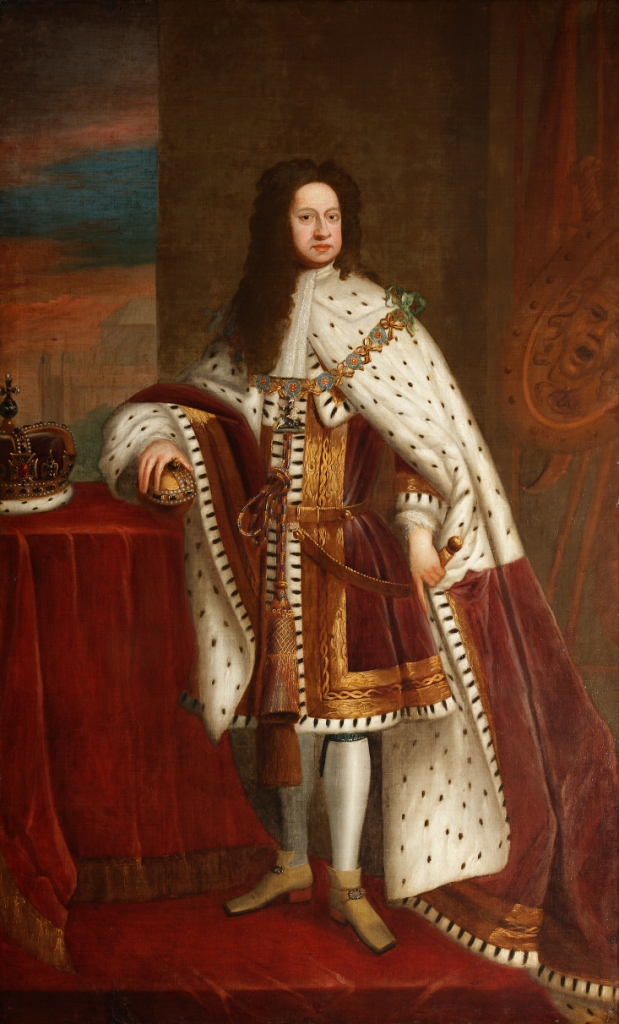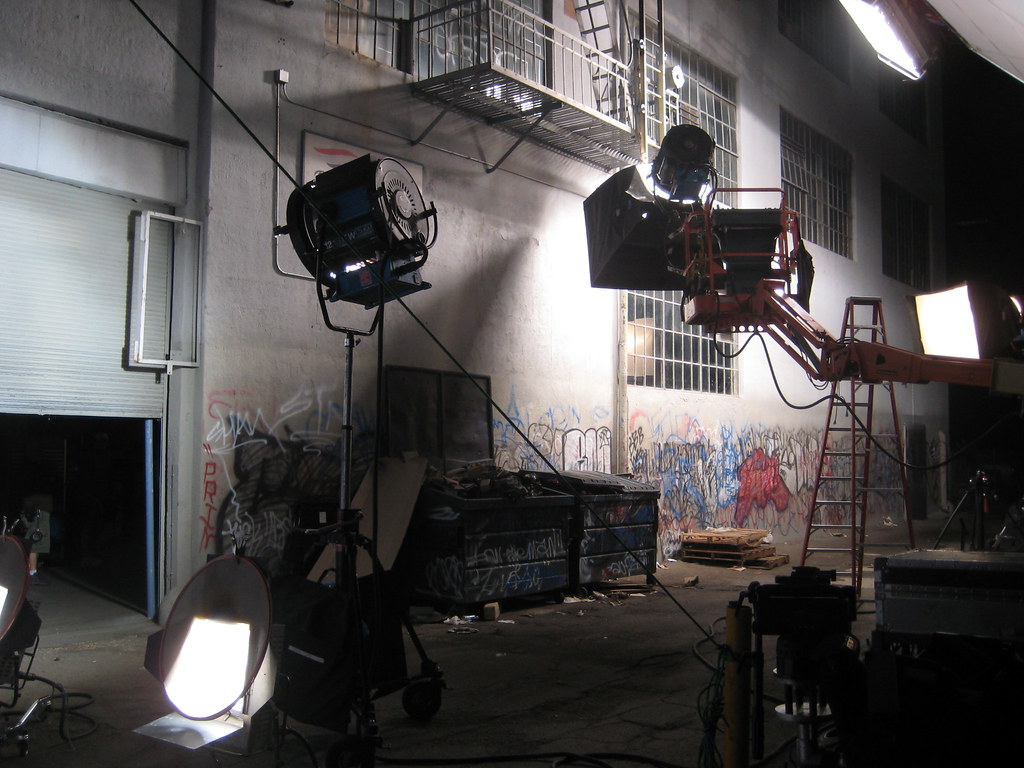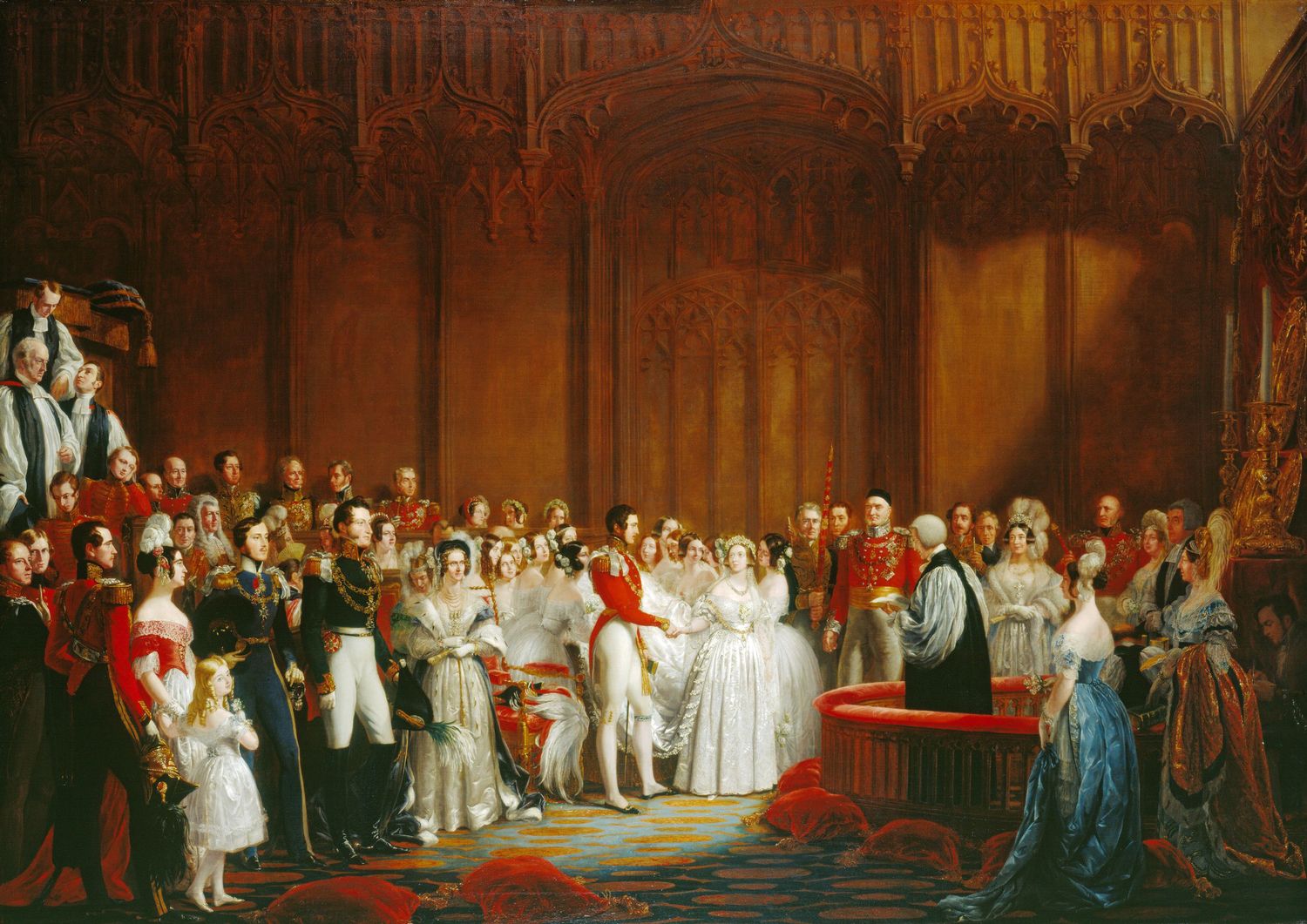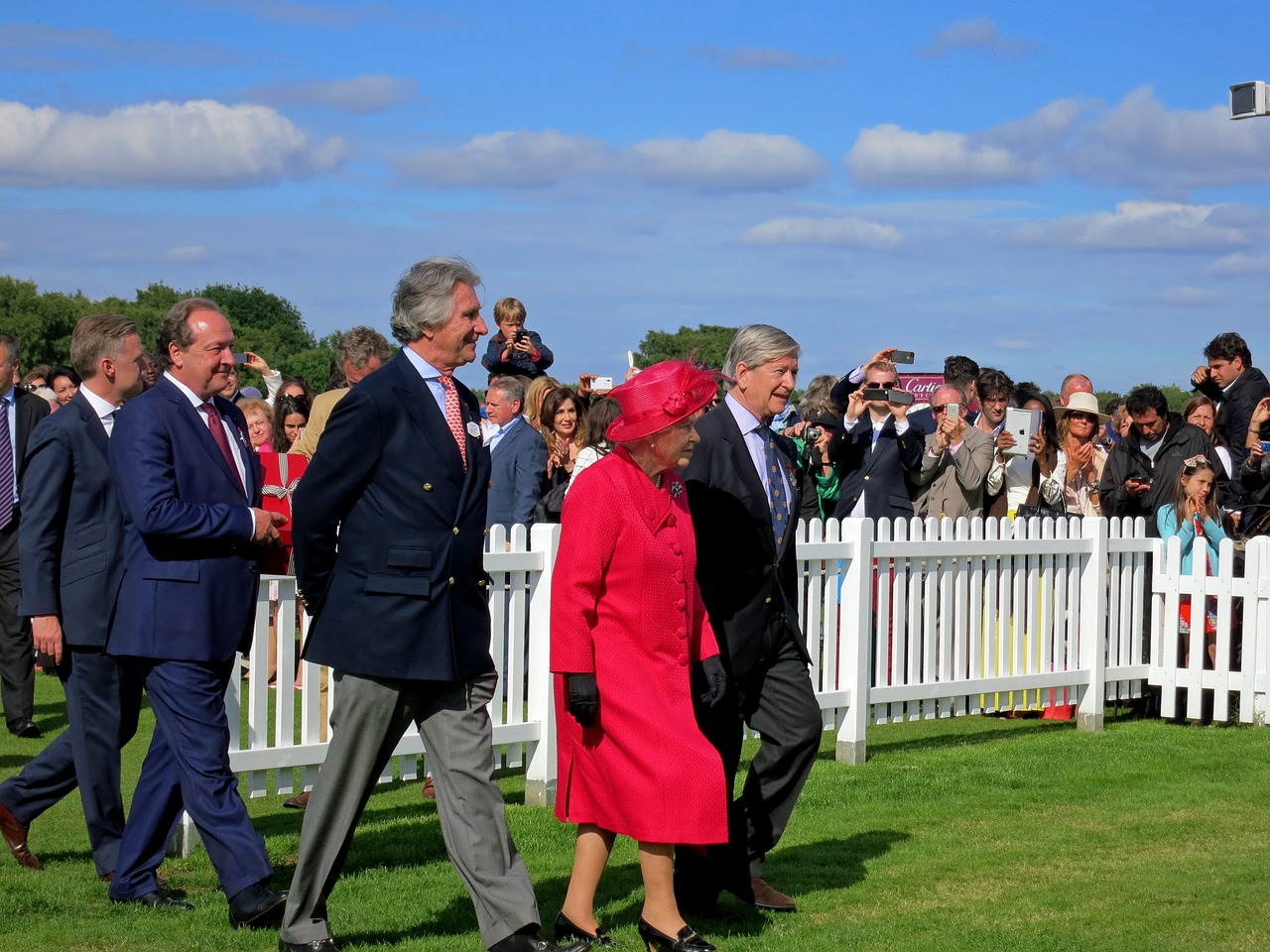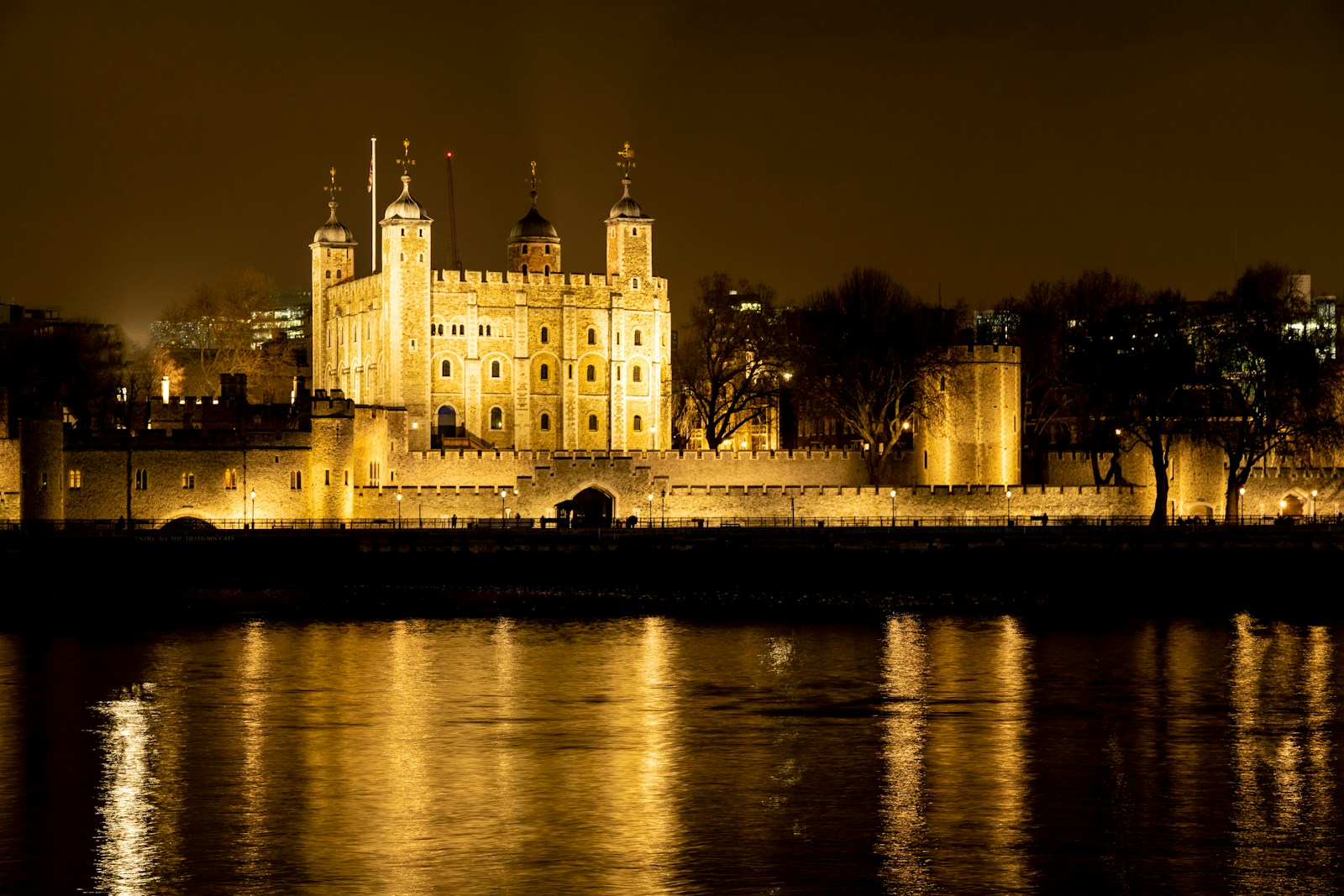
A Royal Affair: Britain’s Eccentric Ceremonies
When one thinks of the British monarchy, images of grand castles, regal attire, and the pomp of royal ceremonies come to mind. However, beyond the well-documented events like the Changing of the Guard or the grand royal weddings, there exists a treasure trove of quirky and strange ceremonies that date back centuries. These odd traditions add a sprinkle of eccentricity to the royal pageantry, showcasing a blend of history, culture, and a touch of whimsy. Join us as we explore some of the most peculiar royal ceremonies that continue to thrive in modern-day Britain.
The Ceremony of the Keys
One of the most curious royal traditions is the Ceremony of the Keys at the Tower of London. This event has been held for centuries and is a symbol of the monarch’s authority over the Tower, which historically served as a royal palace, prison, and treasury. Each evening, a ceremonial Yeoman Warder, also known as a Beefeater, locks the main gate of the Tower while an entourage of guards and the Chief Yeoman Warder participate. The ceremony involves a great deal of pomp and circumstance, with the warder dressed in traditional garb, complete with a black and red uniform.
But here’s the twist: this ceremony isn’t just a symbolic locking of the doors. It has a deeply rooted narrative, as the Tower has long been associated with imprisonment and intrigue. A fascinating note is that this event is open to the public, with visitors able to witness the locking of the gates—a perfect way for tourists to experience a slice of history and perhaps even snap a selfie with the Yeoman Warders.
The State Opening of Parliament
Every year, the State Opening of Parliament is a grand event that showcases not just the political landscape but also the rich traditions of the British monarchy. The Queen, or King, arrives at the Palace of Westminster in a lavish golden carriage, accompanied by a grand procession. The royal regalia, including the Crown Jewels, are a sight to behold, and the atmosphere is charged with excitement and anticipation.
What makes this event particularly strange is the moment when the sovereign enters the House of Lords, where they deliver the Queen’s Speech (or King’s Speech) outlining the government’s agenda for the coming year. Before entering, however, the monarch must ensure that the doors are unbarred, symbolizing the freedom of the monarchy from the potential threat of Parliament. This quirky little detail adds a layer of drama to the proceedings, underscoring the historical tensions between the crown and Parliament that characterized much of British history.
The Lord Mayor’s Show
This annual event in London is a vibrant and colorful celebration that marks the swearing-in of the new Lord Mayor. The Lord Mayor’s Show is a fascinating blend of medieval tradition and modern festivities, featuring a parade filled with floats, musicians, and performers that winds through the streets of London. While it may not be a royal ceremony in the strictest sense, it enjoys the honorary presence of the monarch.
The show begins with the new Lord Mayor arriving at the Royal Courts of Justice to swear allegiance to the Crown. This is where things get quirky! Following the oath, the Lord Mayor, in full regalia, leads a procession back to the City of London, where the streets are adorned with cheering crowds and colorful decorations. The event culminates in a spectacular fireworks display, making it a joyous occasion that draws thousands of spectators each year.
The Trooping the Colour
While many are familiar with this annual event celebrating the official birthday of the sovereign, the details may reveal delightful quirks that are often overlooked. Trooping the Colour takes place in June and features a grand parade of soldiers from the Household Division. The Queen rides in a horse-drawn carriage, and the event is filled with military precision, music, and vibrant uniforms.
The strangest aspect? The “colour” refers to the regimental flags carried by the soldiers, which are used in ceremonies to promote unity and spirit among troops. However, the event’s origins trace back to the 17th century, when the colours were literally trooped (or marched) past the troops to ensure they could recognize and rally behind their respective flags in battle. Today, it’s less about military strategy and more about royal pomp, but the echoes of its martial past lend an intriguing layer to the festivities.
The Garter Day
Every June, the Order of the Garter, one of the oldest and most prestigious chivalric orders in the world, holds a ceremony that is steeped in history and eccentricity. The event takes place at Windsor Castle and involves the monarch, members of the royal family, and knights of the Order, all dressed in their ceremonial robes and insignia.
What makes Garter Day particularly strange is the ritualistic aspect of the event. The knights participate in a grand procession to St. George’s Chapel, where they attend a service before returning to the castle. One of the quirkiest elements of the day is the “kneeling” ceremony, where knights formally receive their insignia while kneeling on one knee before the Queen. The symbolism of loyalty and service is rich, but the sight of dignitaries kneeling in a chapel adorned with intricate heraldry and lavish tapestries is something to behold.
The Queen’s Official Birthday
Though the Queen’s official birthday is celebrated in June, it is a fascinating affair that boasts its own set of unique traditions and peculiarities. The celebration includes the aforementioned Trooping the Colour, but it’s the informal events that often catch the eye. Garden parties at Buckingham Palace invite thousands of guests, including community heroes, charity workers, and even lucky members of the public.
During these garden parties, there’s a curious tradition: guests are encouraged to bring their own umbrellas! This quirk originated from the unpredictable British weather, but it has morphed into a charming reflection of the country’s eccentricity. Guests mingle with members of the royal family while sipping tea, enjoying cucumber sandwiches, and perhaps engaging in a lively chat about the weather—an essential topic of conversation in the UK.
The Beating Retreat
This peculiar ceremony is held in the evenings and showcases the musical prowess of the British military. The Beating Retreat is performed by the bands of the Household Division and takes place in the Horse Guards Parade. The ceremony marks the end of the day’s activities for the troops, but it is more than just a signal. It’s a stunning display of music and military precision.
The strangest part? The entire spectacle culminates in a grand fireworks display, accompanied by a selection of traditional and contemporary tunes. As the sun sets over the parade ground, the atmosphere transforms into something magical, with the rhythmic sounds of drums and brass instruments echoing through the air. The Beating Retreat encapsulates the essence of British tradition: a blend of solemnity and celebration, history and modernity.
Conclusion: A Tapestry of Tradition
Britain’s royal ceremonies are a rich tapestry woven with history, pomp, and a fair share of eccentricity. From the grand spectacles of the State Opening of Parliament to the quirky rituals of the Garter Day, each event tells a story steeped in tradition and cultural significance. These ceremonies not only celebrate the monarchy but also connect the past to the present, allowing people to engage with a legacy that continues to evolve.
As you explore the quirky side of royal traditions, you may find yourself enchanted by the enduring charm of these events. Each ceremony is a testament to Britain’s unique blend of history, culture, and a little bit of whimsy—a delightful reminder that even within the grandeur of the monarchy, there’s always room for a dash of the peculiar. So, the next time you hear about a royal ceremony, remember: behind the glittering facade lies a world of strange and wonderful traditions just waiting to be discovered.

